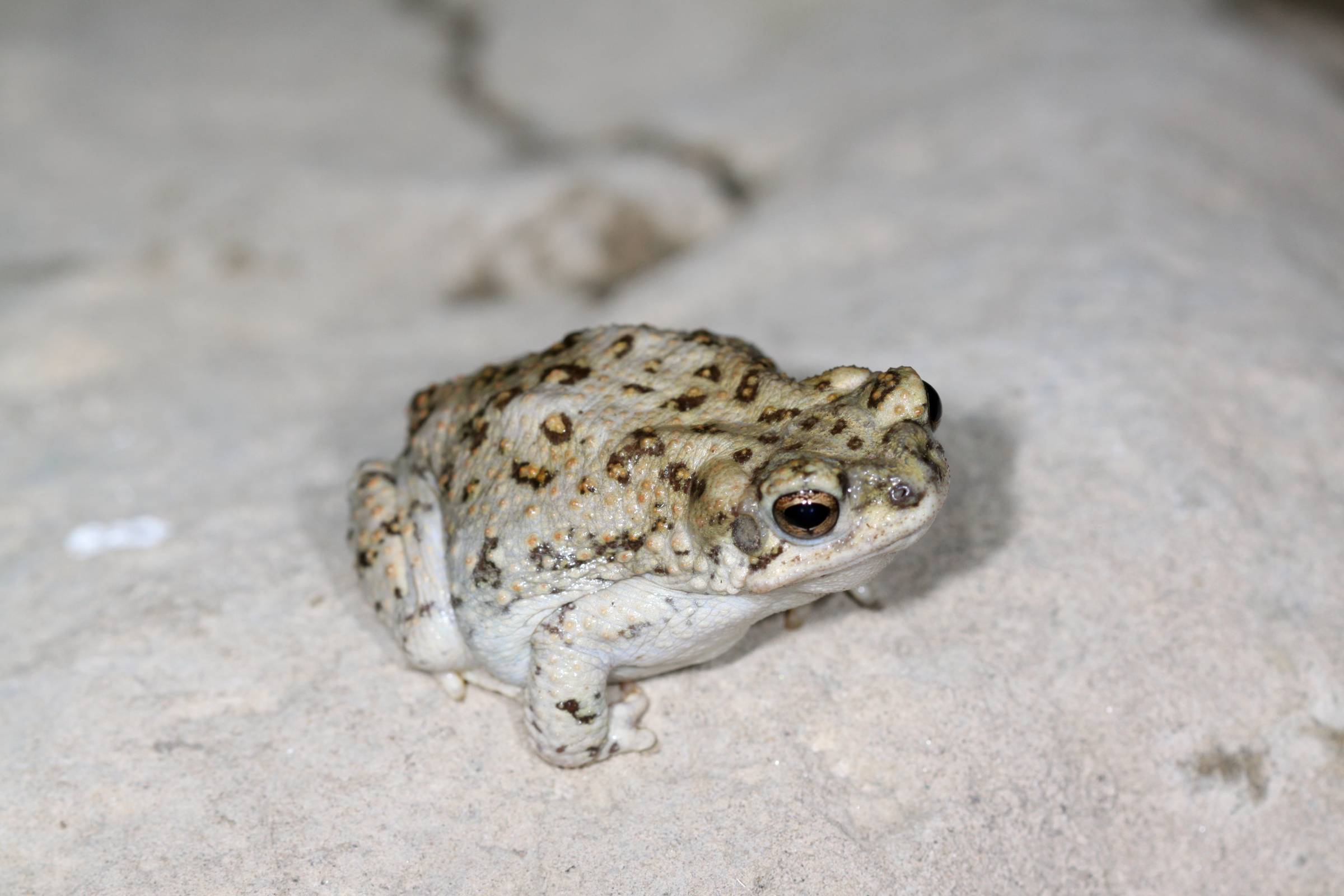Genetic Connectivity in the Arizona toad (Anaxyrus microscaphus): implications for conservation of a stream dwelling amphibian in the arid Southwestern U.S.
Abstract/Summary
The Arizona Toad (Anaxyrus microscaphus) is restricted to riverine corridors and adjacent uplands in the arid southwestern United States. As with numerous amphibians worldwide, populations are declining and face various known or suspected threats, from disease to habitat modification resulting from climate change. The Arizona Toad has been petitioned to be listed under the U.S. Endangered Species Act and was considered “warranted but precluded” citing the need for additional information – particularly regarding natural history (e.g., connectivity and dispersal ability). The objectives of this study were to characterize population structure and genetic diversity across the species’ range. We used reduced-representation genomic sequencing to genotype 3,601 single nucleotide polymorphisms in 99 Arizona Toads from ten drainages across its range. Multiple analytical methods revealed two distinct genetic groups bisected by the Colorado River; one in the northwestern portion of the range in northwestern Arizona, southwestern Utah, and eastern Nevada and the other in the southeastern portion of the range in central and eastern Arizona and New Mexico. We also found subtle substructure within both groups, particularly in central Arizona where toad populations in lower elevations were less connected than those at higher elevations. The northern and southern parts of the Arizona Toad range are not well connected genetically and could be managed as separate units. Further, these data could be used to identify source populations for assisted migration or translocations to support small or potentially declining populations.
Publication details
| Published Date: | |
| Outlet/Publisher: | Conservation Genetics |
| Media Format: |
ARMI Organizational Units:
Rocky Mountains, Southern - BiologyTopics:
DroughtManagement
Species and their Ecology
Place Names:
ArizonaNevada
New Mexico
Utah
Keywords:
amphibiansgene flow
genetics
genomics

